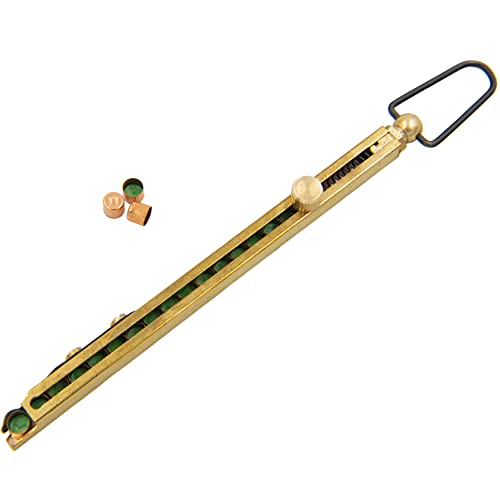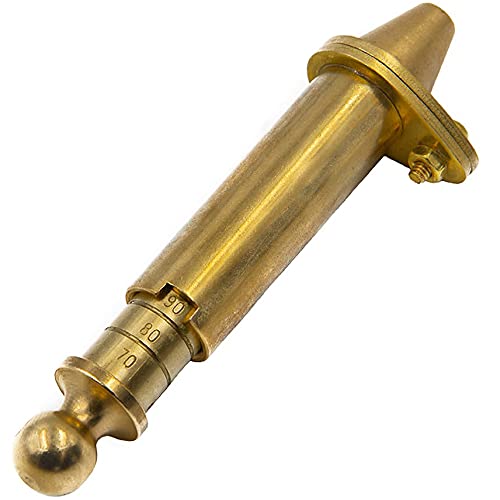I have a question about "pulling a load".
I've put a lot of time and effort into reading and studying and gaining experience in many forms of shooting sports since the '60's, significant amounts and variety of reloading, requires a lot of caution and attention to safety, etc. I say all that only to establish that I'm not a newcomer and certainly know there's an element of danger associated with shooting sports to be respected.
I've been into muzzloading now for about 15 years and occasionally see a reference to "soaking the breech end or the load in water for 30 minutes before pulling the load"...and the implication of that statement is oriented towards safety, but other than an extreme safeguard for liability's sake, I'd like to hear opinions on how "pulling a load" is any more dangerous than putting the load in the barrel in the first place?
Or this example: when I come home at the end of a hunt, I lay the rifle on a padded work bench, ensure the nipple or vent is well plugged, slide a ramrod with ball puller down the bore, pull the ball, blow the charge out with compressed air, and wipe / lube the bore.
The breech end is plugged so no ignition source can enter from that end, there is no ignition source inside the bore, the ball puller is brass and cannot ignite the powder, and the lead ball sliding out the barrel cannot ignite the powder.
Interested in your thoughts on the matter, thanks
I've put a lot of time and effort into reading and studying and gaining experience in many forms of shooting sports since the '60's, significant amounts and variety of reloading, requires a lot of caution and attention to safety, etc. I say all that only to establish that I'm not a newcomer and certainly know there's an element of danger associated with shooting sports to be respected.
I've been into muzzloading now for about 15 years and occasionally see a reference to "soaking the breech end or the load in water for 30 minutes before pulling the load"...and the implication of that statement is oriented towards safety, but other than an extreme safeguard for liability's sake, I'd like to hear opinions on how "pulling a load" is any more dangerous than putting the load in the barrel in the first place?
Or this example: when I come home at the end of a hunt, I lay the rifle on a padded work bench, ensure the nipple or vent is well plugged, slide a ramrod with ball puller down the bore, pull the ball, blow the charge out with compressed air, and wipe / lube the bore.
The breech end is plugged so no ignition source can enter from that end, there is no ignition source inside the bore, the ball puller is brass and cannot ignite the powder, and the lead ball sliding out the barrel cannot ignite the powder.
Interested in your thoughts on the matter, thanks






















